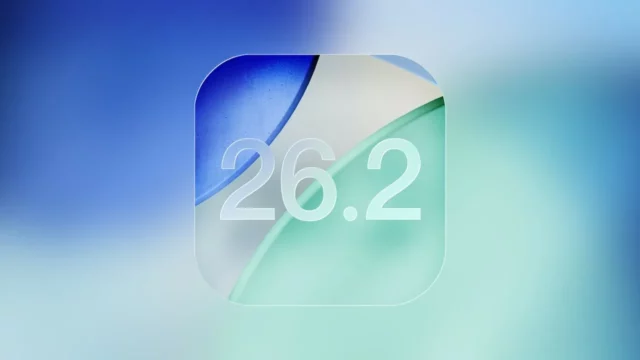The countdown for the highly anticipated Apple Vision Pro has begun. Details about the product, where the countdown started on the official website, are becoming clearer every day. According to the latest information, it is reported that the Apple Vision Pro charging socket will be different from the usual. So how is this charging socket designed? Here are the details on the subject…
You may need a “SIM needle” to disconnect the Apple Vision Pro
A user named Ray Wong shared an interesting post about the Apple Vision Pro charging port. According to this, we go out of the ordinary to remove the cable from the Vision Pro’s battery to the headphones. The SIM pin port, located right next to the charging socket, immediately draws attention.
The battery that will be used to charge the device goes to the headset via a cable. Apple has developed a locking mechanism to presumably keep the cable in place more securely. Accordingly, we will need to use a SIM pin to charge and uncharge the device. So why might such a locking mechanism be needed?
First of all, we need to refer to the Vision Pro weight news we shared in the past months. Because the brand mentioned that the device was too heavy and would be lightened. One of the easiest ways to achieve this is to use external charging batteries. Of course, this solution brings along problems such as “fixed cable”.
First of all, the aforementioned charging battery is attached to the device from the outside and comes out after charging. So it is not permanently attached. But many users will want to use the device during charging. For this reason, it was preferred to fix the cable with a lock mechanism instead of a “magnet” based system like MagSafe. This means that the cable locks when you plug the device into the charger and you need a SIM pin to remove it from the charger.
At first glance, this is a logical and secure solution. However, if you want to use the device outside or carry it in your bag, you can easily lose the SIM pin. Apple should have come up with a solution for this too. Being able to carry the pin inside the battery with the help of a small cover will prevent these problems.
Finally, let’s examine the cable in the shared photo and conclude our news. The cable in the shared photo is one of the braided cables we started to see in the iPhone 15 series. There is an input similar to the Lightning input that sued Apple with the EU, but this is a wider version. The notches on the left and right sides are also different. It’s probably designed this way to integrate with the device’s lock system.














